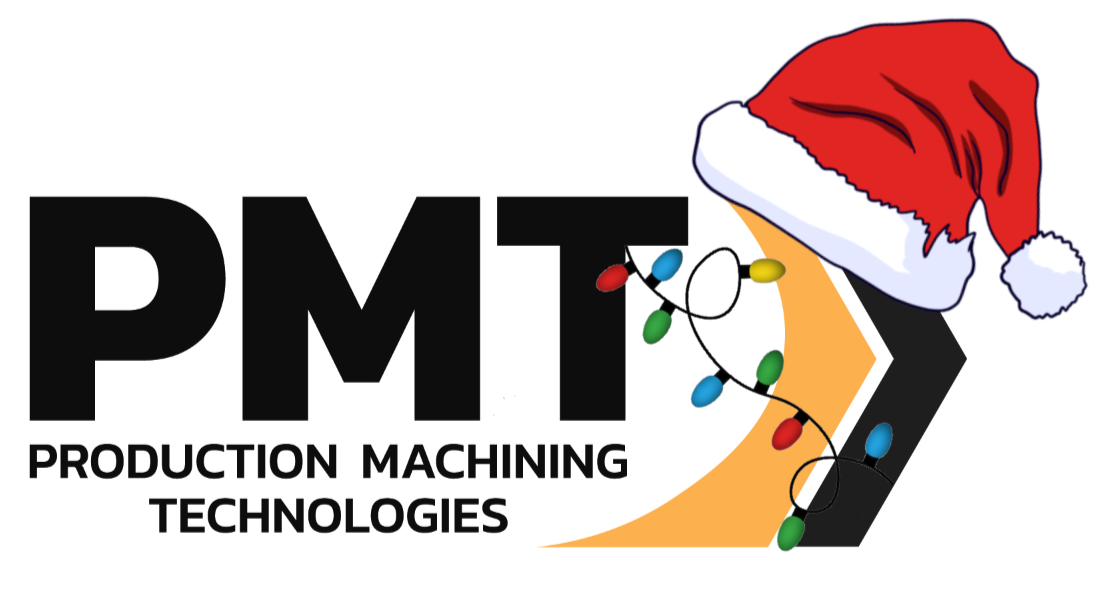When setting up machine components in ESPRIT EDGE, understanding attachment points and how different components connect is crucial for a successful workflow. Each component type has a specific prefix that helps define its attachment point and purpose. Let’s break this down into manageable sections to better understand the naming conventions and their practical applications.
Key Attachment Point Prefixes:
- TA_ (Tool Attachment)
- This prefix is used for the attachment points where tools connect.
- Example: TA_Main Upper
- HA_ (Holder Attachment)
- This prefix is used for the attachment points where tool holders are mounted.
- Example: HA_Tool Holder
- TSA_ (Tool Spindle Attachment)
- This prefix identifies the attachment points on a spindle for tool assembly.
- Example: TSA_Spindle End
- WA_ (Workpiece Attachment)
- This prefix refers to the attachment points where workpieces are fixed.
- Example: WA_Base Clamp
- FA_ (Fixture Attachment)
- This prefix designates the attachment points for fixtures.
- Example: FA_Fixture Base
- JA_ (Jaw Attachment)
- This prefix applies to attachment points for jaws, often used in chucks or other clamping devices.
- Example: JA_Upper Clamp
How Attachment Points Work
Each item in ESPRIT EDGE belongs to a specific class, such as Fixture, Holder, Jaw, or Tool. The XYZ origin of an item determines how it attaches to the corresponding attachment point of another item within the same class. For example:
- A Fixture can only mount to an FA_ attachment point on a previous item.
- A Tool will connect to a TA_ point on a holder but cannot attach to a fixture’s FA_ point.
- This ensures that items are logically grouped and can only connect to attachment points compatible with their class.
Proper alignment of the XYZ origin is critical, as it dictates how the component connects to its designated attachment point. By ensuring alignment, you can avoid misconfigurations and errors during setup.
Practical Tips for Setup:
- Consistent Naming: Use clear and consistent names after the underscore to help identify components during setup. For instance, use names like TA_Drill, HA_Main Holder, or FA_Lower Base to streamline selection.
- Check Alignment: Ensure the origin of the attachment point aligns properly with the previous component. Mismatched origins can cause errors or misalignments in machining operations.
- Use Reference Models: If possible, use reference geometries or CAD models to verify attachment points and their alignments before proceeding.
- Simulate the Setup: Run a simulation in ESPRIT EDGE to confirm that all components attach and operate as intended. This step can save time and reduce errors during production.
Why This Matters
Understanding and properly utilizing attachment points in ESPRIT EDGE ensures seamless integration between machine components. This knowledge helps improve machining accuracy, reduce setup time, and enhance overall workflow efficiency.
By adhering to these principles and naming conventions, you’ll set yourself up for success when configuring holders, fixtures, and other machine components in ESPRIT EDGE.
Have any questions or need further guidance? Feel free to leave a comment or reach out for more detailed tutorials!
